 |
Articles
16 Feb 2018 The concept of BIM implementation in Kazakhstan: basic factsVladimir Talapov 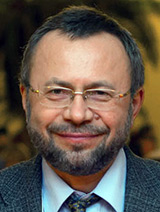
About the author: Vladimir Talapov is a person with a challenging career: a mathematician who became an architect, and an architect who remains a mathematician. Professor of the International Academy of Architecture (Moscow branch), he authored numerous publications on AEC/BIM, including the monographs: “Basic BIM: an introduction to building information modeling” and “BIM technology: the essence and specifics of adopting building information modeling”.
Translated from Russian https://isicad.ru/ru/articles.php?article_num=19638 by Madina Ospanova
BIM implementation at the national level is a way tested by the world’s experience to increase the efficiency of the entire construction industry. However, it still remains groundbreaking since no one in the world has yet fully passed through this path, and each country has its own particular features. Therefore, there are always two options for possible actions:
-
let everything go by itself: wait until the world experience answers all the questions, and in the meanwhile translate various foreign standards as they become available so you can legitimize it at once and easily apply BIM. This method has a clear benefit – it is almost costless, but it also has an obvious disadvantage since it condemns the country to the position as an eternal outsider in the global construction industry;
- try to be proactive in the global intellectual process of implementing BIM by doing this on “your territory”. Such approach requires both a thoughtful study of world experience and your own initiatives that involves certain material and intellectual resources as well as the risk of difficulties and mistakes. However, in case of a positive outcome the country gets a considerable economic benefit and goes into the lead of the global construction industry.
Kazakhstan’s way
The Republic of Kazakhstan chose the second innovative way of implementing BIM in 2016. Although it is probably wrong to say it about the whole country since any new business is moved by leaders. The main of them are the Committee for Construction, Housing and Communal Services of the Ministry for Investments and Development of the Republic of Kazakhstan, the Republican state enterprise (RSE) “State out of departmental examination of projects” and “Kazakh scientific research and design institute of construction and architecture” (KazSRICA) JSC. The Committee for Construction, Housing and Communal Services focused on and coordinated work, the RSE “State out of departmental examination of projects” was preparing the scope of project examination for the transition to information modeling, and “KazSRICA” JSC engaged in general issues of BIM implementation. It has to be mentioned that it was its own initiative of “KazSRICA” JSC to start this activity, and only after some time the government started to provide funding for BIM implementation.
It is also important to note that the introduction of BIM in Kazakhstan started with the development of the “Concept for the implementation of information modeling technology in the industrial and civil construction of the Republic of Kazakhstan”, which was entrusted with “KazSRICA” JSC. By that time, the Institute’s staff headed by Nurlan Urankhayev have carried out a great work (with the participation of the design academy “KAZGOR”) in investigating the world experience of using BIM (the report on the conduct the scientific research project was registered in “National Center of Science and Technology Evaluation” JSC under the Ministry of Education and Science of the Republic of Kazakhstan) on their own initiative and funds, and also have gained some experience from pilot projects in the field of the use of information modeling to industrial and civil construction facilities.
In official documentation information modeling in Kazakhstan has got the acronym TIMCF which stands for Technology of Information Modeling of Construction Facilities, although the term BIM is also used as a synonym for this concept.
In this article we are going to focus only on the main points of the “Concept”, for more information please follow the link.
During the working on the document, its framework was constantly discussed among the specialists and, of course, adjusted accordingly. At the beginning of 2017 the early version of the “Concept” even became a winner of the First All-Russian competition “BIM-technology 2016” in the nomination “The brightest BIM idea of the year”.
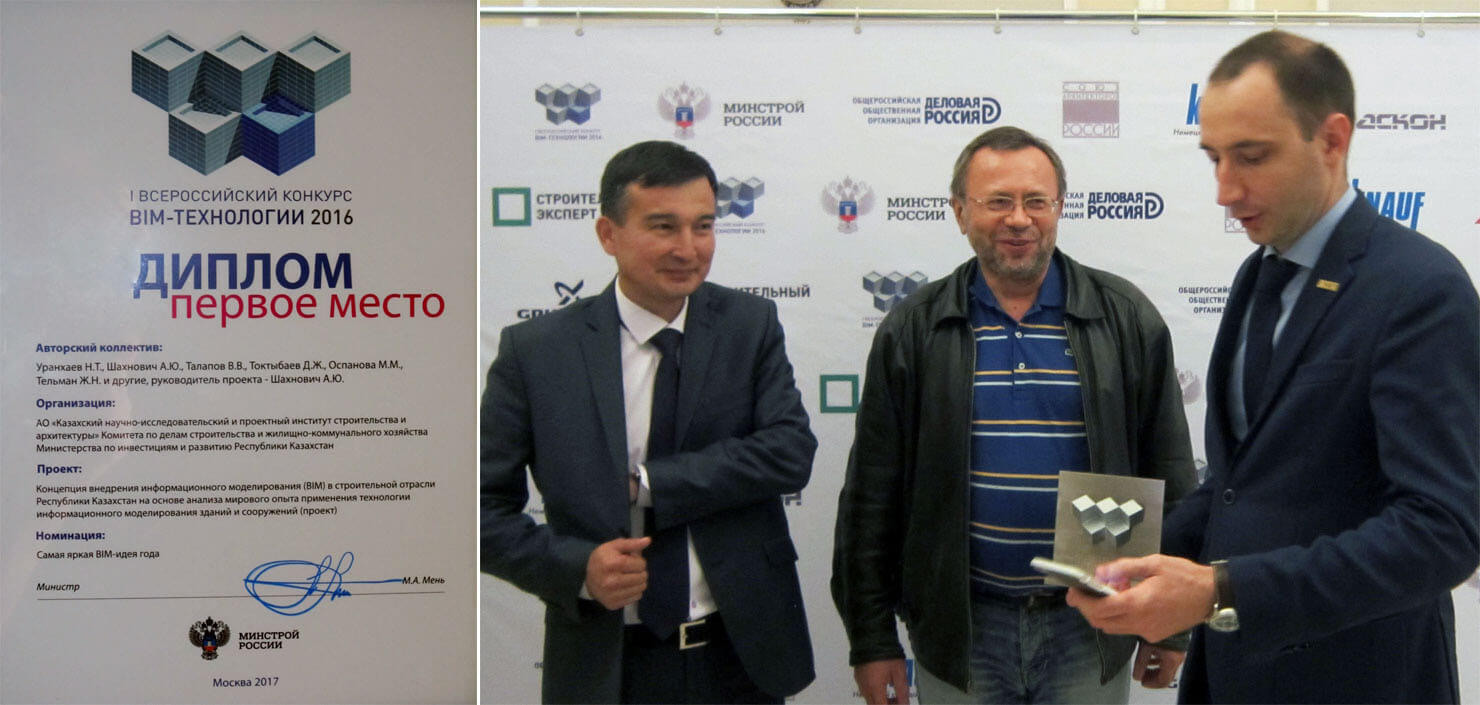
Figure 1: (Left) The winner’s diploma signed by the head of the Ministry of Construction, Housing and Communal Services of the Russian Federation. (Right) The first minutes after receiving an award.
The final version of the “Concept” was approved on December 20, 2017 strictly in time allotted to its development. However, it should not be understood that the implementation of BIM (TIMCF) in Kazakhstan began from that date. In fact, the framework of the “Concept” were not in doubt in its earlier version, therefore the “Roadmap for information modeling technology implementation when designing construction facilities (BIM-technology)” based on the work accomplished was enacted by an order No.197 of the Ministry for Investments and Development of the Republic of Kazakhstan on April 11, 2017. Another crucial thing to consider is that the final text of the “Concept” was adjusted and perfected by its authors for six months for agreement with the government program on the digital economy.
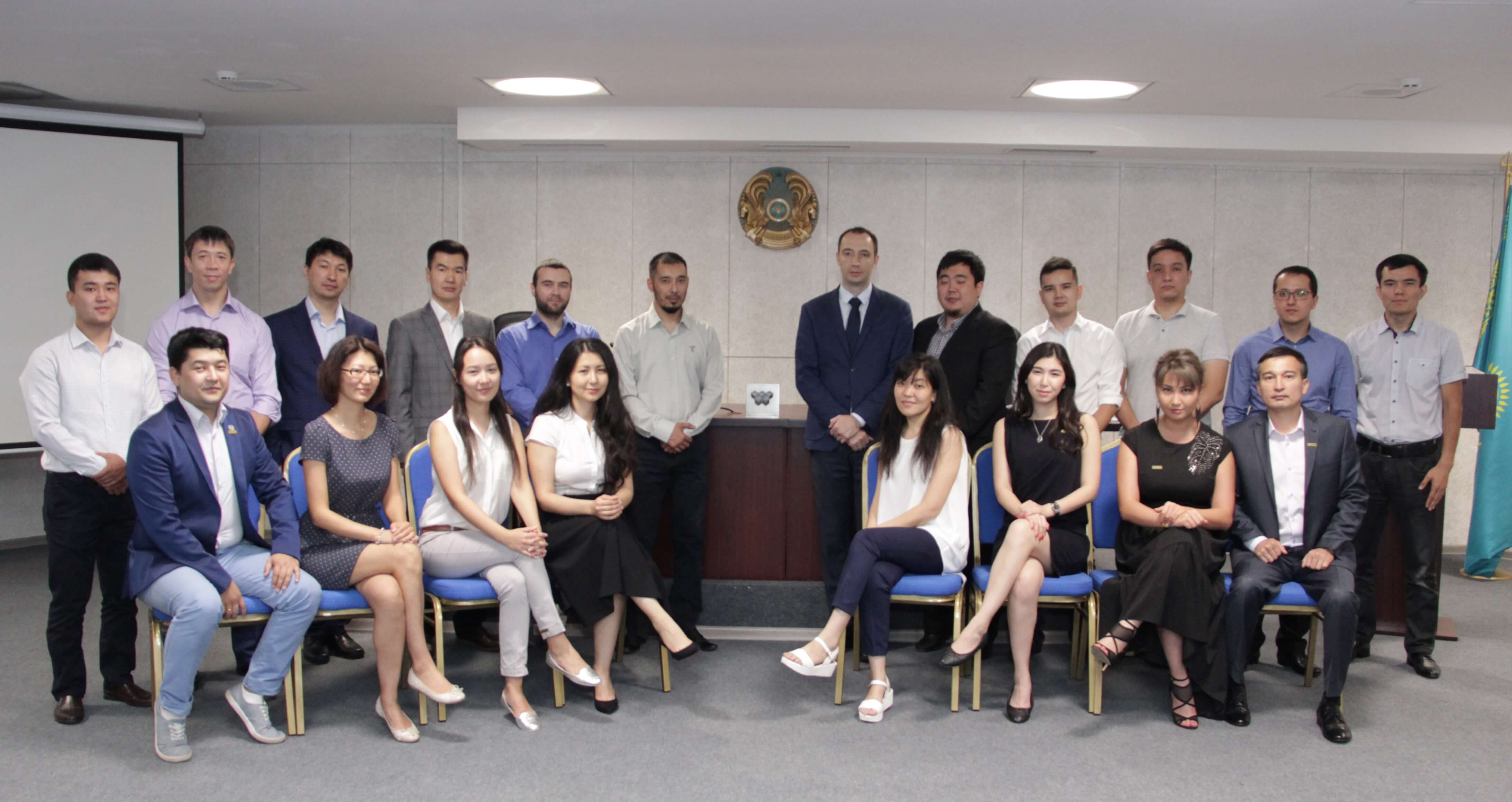
Figure 2: Part of the KazSRICA’s members who participated in the “Concept” development taking picture with the award.
Concept for implementation of information modeling technology in the industrial and civil construction of the Republic of Kazakhstan
Now let’s talk about the main features of the “Concept”.
Goals and objectives
First of all, the goal of the “Concept” is to formulate a vision and create conditions for domestic construction industry development by transferring new technologies of information modeling of construction facilities, which then should have a positive impact on the growth of enterprises competitiveness in the construction sector of the Republic of Kazakhstan in the external markets.
The transition to information modeling is not a task of each individual enterprise, it is a matter of the entire construction industry level connected primarily with a new organization of participants’ cooperation. Therefore, the process of implementation and further use of information modeling technology should proceed according to the general rules established for the entire construction industry of the Republic of Kazakhstan on the basis of a unified approach formulated in the fundamental document of such implementation – this “Concept”.
It is also important to note that TIMCF should become one of the tools for reliable forecasting various situations and optimizing costs of both construction and operation, that is to cover the whole life cycle of buildings and structures.
More specifically, the main objectives of the “Concept” are:
- defining the strategy and core activities of information modeling technology implementation in the construction industry of the Republic of Kazakhstan;
- developing approaches to improve cooperation among the participants of investment and construction processes;
- developing approaches to increase transparency of the processes of decision-making and pricing in construction;
- defining stages of information and communication technologies development and penetration in the construction industry of the Republic of Kazakhstan;
- developing approaches to form and update digital documentation for the stages of construction facility creation and operation;
- creating conditions for accumulation and use of operational experience (in the form of storage and processing big data) in order to develop optimal design solutions in future and form (or update) regulatory requirements.
The “Concept” of TIMCF implementation in Kazakhstan is developed primarily for the government as the main customer in construction.
Government concernment in information modeling of construction facilities can be conditionally divided into two components:
- increasing the efficiency of public investments in construction (both directly in construction and operation and in developing approaches to forecast operational costs);
- creating conditions for information modeling development in the private sector of construction sector, which lead to further development of the entire construction industry of the Republic, increase of domestic companies’ competitiveness in the external markets and their successful integration under expanding economic borders.
World experience has shown that the use of BIM in construction can ease the burden on budget to maintain public properties, reduce unexpected costs on facility, eliminate errors in calculating the amount of work, remove corruption risks due to transparency of the processes. But at the same time you have to be careful with the applied figures for reducing construction cost, since the facilities being financed from the public budget are estimated according to the normative prices on the monitoring basis. As a result, a fixed value of the facility is formed and can be further reduced by bidding at tender. For this reason, it is not worthwhile to emphasize the use of TIMCF precisely at the reduction in the cost of implementing construction project.
Major problems
As a result of current situation analysis of the construction industry in Kazakhstan conducted by the KazSRICA’s specialists, a number of key problems was identified with the solutions directly depending on the implementation and further development of information modeling technology:
- weak indicators of the use of innovative tools in construction sector that negatively impacts on the competitiveness growth of domestic companies in an integrating economy of Kazakhstan into the European and world community, the World Trade organization (WTO), and taking into account the integration processes within the Commonwealth of Independent States and the Eurasian Economic Union;
- traditional approach on the implementation of budget investment projects in the form of separate tenders that do not take advantage of common information space does not provide sufficient conditions for control and investment management by government customer;
- frequent cases of design and estimate documentation adjustments in the course of budget and investment project implementation, which in itself is not a negative phenomenon but with existing “non-digital” technologies of work leads to inconsistency and even errors in estimate documents, an increase of cost and construction timelines, as well as delay of facility to operate;
- lack of conditions for more accurate forecasting operational costs at the early stages of project implementation, which hindered effective facility maintenance cost management;
- insufficient use of the accumulated experience and advantages in managing the facility’s life cycle of new construction, “green buildings”, energy efficient buildings, “variant design” in conditions of existing practice of two-dimensional drawing that is very weakly susceptible to innovations in the industry;
- estimated cost of construction is determined only at the final design phase, which makes it difficult to choose the optimal economic solution;
- uncoordinated and unstructured information about the future construction facility;
- lack of specific practical actions for government policy implementation for accelerated technological modernization and general digitalization of the economy.
In addition to the general problems in the industry, there were some local issues of information modeling technology. The experience of using BIM in other countries, particularly in Russia and Belarus, has shown that the fullness of information modeling can’t be brought to one specific software product. Besides, since programs are created to automate existing certain business processes, it is unproductive to adjust the activity of company or government customer to any software solution. Thus, instead of adjusting current activity to the capabilities of specific software developers (mainly foreign) and creating industry dependency on activities of these developers, it makes sense to focus on optimizing the design, construction and operation processes themselves, on the participants’ relationships in these processes, and on regulatory framework of the industry.
Also, the organizational and managerial problems encountered by the construction companies in Kazakhstan when implementing the information modeling technology were identified during undertaking the study:
- misunderstanding of BIM advantages by many participants of the investment and construction process, especially by customers and operating companies;
- the complexity of information model elements development by designers “from scratch” because of the absence of formed requirements to them from customer’s or design process coordinator’s side;
- the difficulty of self-implementation of BIM in practice for individual companies;
- the problem of optimal software definition for specific design, construction, operating, management and financial tasks;
- lack of management competencies for restructuring work processes with the use of BIM technology;
- lack of established practices in the field of project management;
- the existing regulatory framework is not applicable for information technology, including BIM.
It is worth mentioning that information modeling is only a tool used for analysis, forecasting future situations and costs. It provides an information support for managing these processes in conjunction with management approaches to the organization of storage, updating and transfer of information generated during design and construction. TIMCF should be on a par with other management tools, for example, such as planning, risk management, project solutions compliance with their physical embodiment, quality control and so on, the implementation of which is also important to comprehensively and systematically deal with at the industry level.
For this reason, for the successful adaptation of information modeling it is necessary to revise the existing practices of producing, storing and transmitting information and their integration into related managerial approaches.
Principles for the implementation of the “Concept”
Implementation and development of the technology of information modeling are carried out with the direct government participation (government is viewed as the most interested party in terms of asset management) and the regulation of relations in the field of architectural, town-planning and building activity with the regard of TIMCF use in the budget investment projects implementation based on the following principles:
- practical applicability of TIMCF;
- phased implementation of technology;
- creating conditions for training and educating specialists;
- increasing the level of companies’ competitiveness;
- freedom in choosing software products for modeling;
- stimulating the development of technology.
To implement these principles, it is necessary to work out a set of issues, including the following:
- documenting stages of construction facility life cycle and on its basis developing the staging of transparent information modeling with the formulation of basic requirements for input and output;
- approbation of requirements for information modeling on pilot projects;
- consolidating the results of pilot project implementation by the development of relevant normative and technical documents;
- government stimulation of organizations and individuals involved in the process of information modeling technology implementation in the Republic of Kazakhstan and development of mechanisms for compliance with the requirements of the TIMCF use;
- decision development on public or private support for the system of teaching information modeling in higher and technical vocational education;
- taking into account ratified intergovernmental agreements and a system of normative and technical documents in the field of architectural, town-planning and construction activity.
General parameters and periods of the TIMCF implementation for 2018-2022
As the “Concept” considers TIMCF as a tool for reducing the risks of public investment and construction projects implementation, increasing transparency and improving the collaboration processes of stakeholders in the construction of real estates funded by public investment and quasi-public sector entities, the requirements for mandatory use of TIMCF apply only to the budget investment projects.
TIMCF implementation into practice in construction industry is expected to be undertaken through three major periods:
The first period is a period of approbation valid from the moment of approval of this “Concept” until December 31, 2019.
The goal of this period is to create necessary conditions for the practical application of TIMCF at a level comparable to BIM Level 2.
The main objectives of the first period:
- develop a package of normative documents that forms the minimum requirements for production, updating and management of the information of construction and operation facilities;
- develop practices for handover, processing and use of the information generated at the stages of life cycle of construction facility;
- practical approbation of the requirements formed in this “Concept” on pilot projects at all stages of life cycle of construction facility;
- conduct a number of activities in major cities of Kazakhstan explaining the basic concepts and trends of the development of TIMCF, as well as the emerging requirements for the implementation of this technology in investment and construction projects with national and local budgetary resources;
- accumulation of problematic issues and normative conflicts during the work on pilot projects.
At the end of this period the regulatory requirements (standards, recommendations, rules, etc.) should be revised to make adjustments based on the results of approbation and taking into account the development of information and communication technologies in construction at that time.
The second period is a period of practical implementation and mandatory use of TIMCF at the design stage for facilities funded by public investment. This period will start from January 1, 2020 as a requirement for building technologically complex facilities (expect for engineering infrastructure facilities) with public investment with the mandatory use of TIMCF.
The purpose of the second period is a standardization, sorting information and ensuring collaboration during the development of investment and construction technologically complex projects with national and local budgetary resources.
The main objectives of the second period will be:
- create and develop the Government Bank of Information Models (GBIM) as a source of information for managerial decision making by government customer;
- classify technical, functional and cost characteristics of construction materials, products, facilities;
- establish work practices for managerial decision making regarding construction facilities.
The specification of the second period should be supported by the normative documents intended to be developed within the “Concept”.
The third period is a period of TIMCF use for the purposes of managing the life cycle of construction facilities funded by national and local budgets. This period is expected to start from 2022.
The purpose of the third period is the full practical use of TIMCF as a tool for managerial decision making by government customer at all stages of life cycle of construction facility.
The main objectives of the period will be:
- create practices for information handover from the stage of construction facility creation to its operation stage;
- develop GBIM to ensure the functioning of TIMCF at the BIM Level 3;
- develop a strategy for further effective use of accumulated information (Big Data, the automated checks on standards and so on).
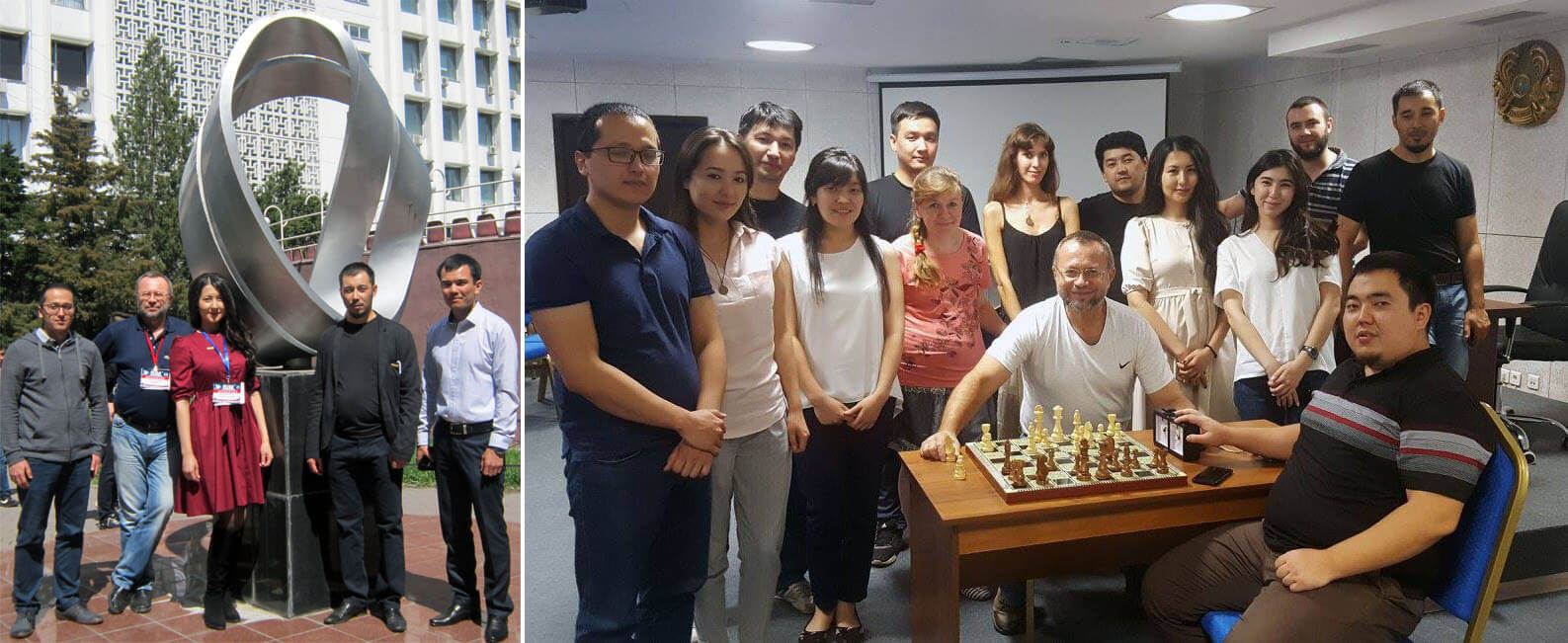
Figure 3: The work on the “Concept” is well characterized by the “Möbius strip” (everything has to be in front of eyes) and a chess game (have to think ahead). (Left) A group of the KazSRICA specialists at the “Möbius strip” monument. (Right) The usual for the KazSRICA “productive gymnastics”.
The main activities for the implementation of the “Concept”
The main activities for the transition to TIMCF include the following:
- adaptation of international ISO standards in the field of information modeling of construction facilities;
- development and introduction of legislative normative ad technical documents of mandatory and recommendatory nature, based on which a common terminology is formed, information handover processes are explained, requirements to model information details are set, information modeling processes are regulated depending on the stage of work with construction facility;
- introduction of amendments and additions to existing legal and normative technical documents to apply and stimulate the development of TIMCF;
- creation of GBIM (a database with a remote selectable access) for storing projects financed from public funds or with their involvement. Such a system is in demand by practice which confirms that it is more expedient to store and manage information models on the basis of customer since he/she is more interested in correct digital definition of asset. It is expedient to create (with a constant updating) a unified public portal with current construction standards within the framework of a unified repository of information models. This will allow to fill information environment of construction industry. Gradually, such a portal can be improved in search (semantic) technologies and eventually become a source of parameters for automated model checks;
- ensuring the use of classification system of materials, products and works for all modeling elements, with a specialized structure (hierarchy) in accordance with ISO 12006-2:2015;
- ensuring the leading role of customer (or engineering company) in managing information modeling processes to control the compliance of the parameters of implemented project to customer’s requirements for each stage of life cycle;
- basic training program development in the process of training and educating existing specialists of design, construction and operating organizations, engineering companies, and those responsible for construction and operation of real estate assets for work in TIMCF;
- taking into consideration development and partial amendment of approaches to information modeling, there is a need for a regular revision (biennially) of strategic and normative technical documents to update and adjust requirements and recommendations.
In addition to main activities, a number of complementary activities are proposed, the implementation of which can contribute to a more efficient and faster industry transition to TIMCF:
- development of documents regulating the examination of projects with the use of information modeling technology;
- creation of specialized center for studying and capturing best practices in the field of information modeling (not only software but also management practices);
- conducting seminars, round tables and other events aimed at a broad awareness of TIMCF;
- collection, analysis and processing of information on the TIMCF use including world practices, decision making on further technology development;
- financing and conducting an annual public competition for best works in the field of TIMCF;
- conducting an annual review (updating) of TIMCF terminology by the technical committees for standardization and relevant associations.
Expected results and indicators of the implementation of the “Concept”
The information modeling processes are an integral part of the general management processes in construction. In this regard, some aspects of management activity such as general improvement in quality, economic efficiency, timeliness, can’t be quantified, because for this it is necessary to carry out experiments on implementing the same management projects but without the use of TIMCF. It is impossible to present such experiments in reality, however, the following indicators are proposed to measure the achievement of the “Concept” objectives:
| Expected results |
Achievement indicators |
| Competitiveness growth of enterprises of construction sector in the external markets |
Based on the results of surveys of design and construction companies, in most cases the confirmation of a positive effect from TIMCF implementation during design and construction |
| At the stage of project documentation completion forming the operation cost forecast with further targets rationing |
In 100% cases of designing technologically complex facilities |
| Availability of access to information models of assets (technologically complex facilities) for government customer |
From 2022 the handover of 100% as-built information models to government customer for technologically complex facilities with the use of public investments |
| Use of TIMCF for management and control by budget program administrators who annually allocated public funds for design, construction and operation of construction facilities |
From January 1, 2021 the record of 100% comments and letters from budget program administrators and supervisory bodies in GBIM with reference to information model of construction facility |
| Implementation of the objectives of the “Concept” |
Evidence of implementing 100% objectives assigned for three implementation periods (specified in paragraph 8 of the “Concept”) by authorized government body |
| Development of normative and technical documents specified in chapter IV of the “Concept” |
Availability of all planed normative documents specified in chapter IV of the “Concept” |
List of core normative documents required for the implementation of the “Concept”
The implementation of the “Concept” is assumed by the following:
- introduction of amendments and additions to existing legal and normative technical documents in the field of architectural, town-planning and construction activity of the Republic of Kazakhstan;
- adaptation and development with the subsequent updating (if needed) of normative and technical documents concerning the processes of production and management of construction facility information;
- international ISO standards adaptation in the field of construction facility information modeling;
- development of the core standards and recommendations (2017-2019):
a. A Guidance document in construction “Information modeling in construction. The framework” (2017),
b-f. Code of Practice of the Republic of Kazakhstan “Life cycle of construction facility”, part 1-5 (2018-2019),
g. CoP “Rules for organizing the collaborative production of building information. Common data environment” (2018),
h. CoP “The requirements to project documentation obtained with the use of information modeling” (2018),
i. CoP “Using of information modeling in project organization” (2017),
j. CoP “Using of information modeling in construction organization” (2019),
k. CoP “Using of information modeling in operating organization” (2019),
l. CoP “The procedure for examining information models” (2019);
- updating existing and developed standards and recommendations based on practical experience (2021);
- BIM-oriented classifier’s development and its harmonization with existing classifier of resource method (2018-2021);
- technical specification development for GBIM implementation (2018).
Important note
Based on the fact that TIMCF in Kazakhstan is being implemented for the first time and does not have sufficient experience in conducting pilot projects, a sample of findings given in the “Concept” should be considered as the assumptions with possible subsequent adjustments based on both national and international experience.
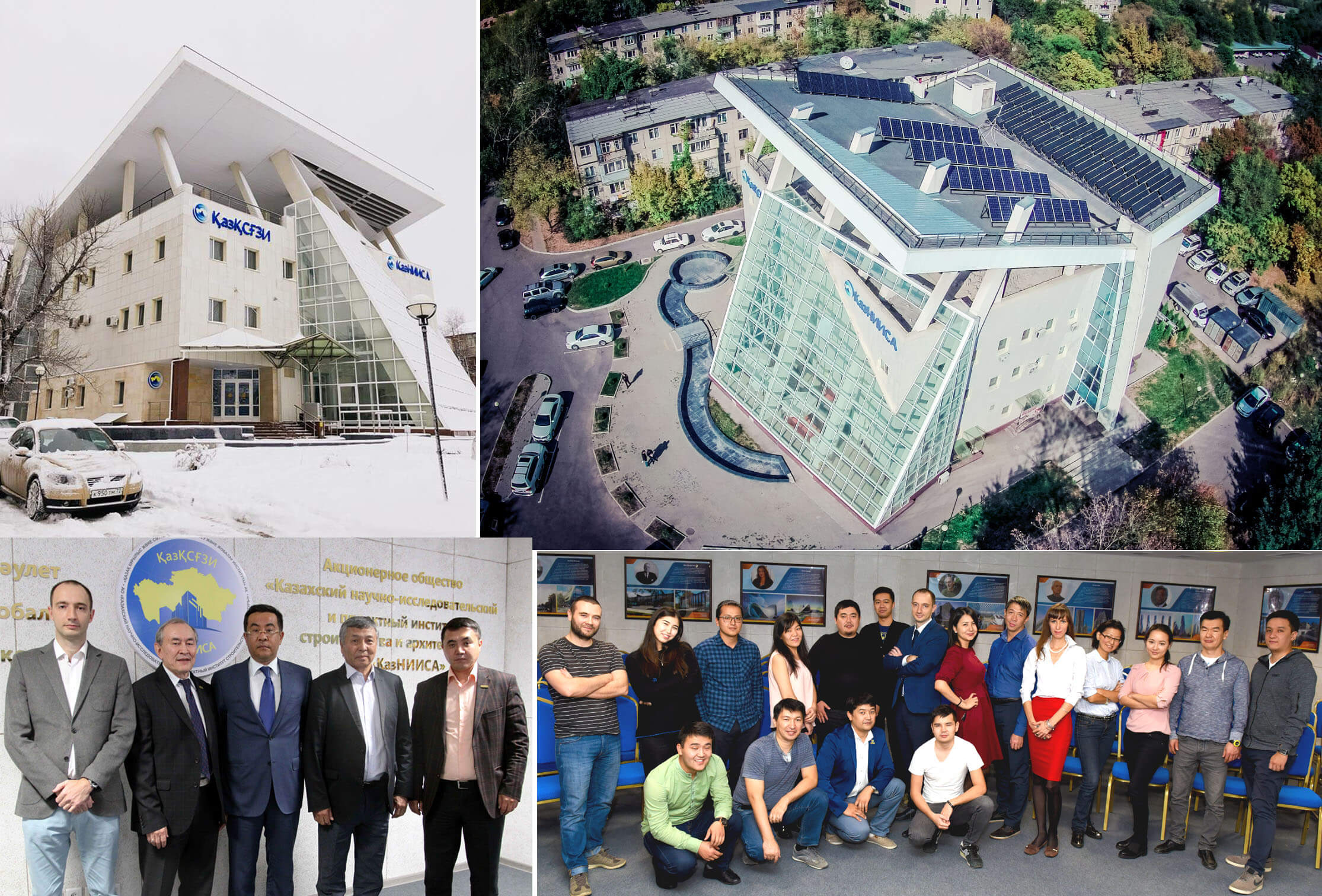
Figure 4: The KazSRICA is beautiful in any weather, not only with its innovative building and almost ninety years of history but primarily with a team representing the fusion of youth energy and experience of the aged.
See also:
Permanent link :: http://isicad.net/articles.php?article_num=19700

|
 |